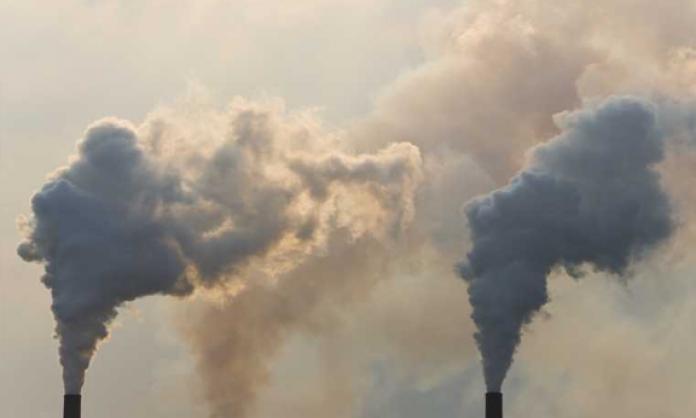Australia is among the world’s worst climate criminals. Out of 35 OECD countries, Australia is second only to Estonia in emissions intensity – the amount of greenhouse gases pumped out per dollar of economic output.
Yet the vast majority of Australians think that the country should play a leading role in the transition to a sustainable, low-carbon economy. A 2016 Climate Institute survey found that 65 percent of Australians “want to see Australia be a world leader in finding solutions to climate change”. This has remained more or less consistent for the past decade.
You might expect this to be reflected in government policies. On one level, it is. There’s been no shortage of talk on climate change from both Labor and the Coalition.
In 2007, newly elected Labor prime minister Kevin Rudd described climate change as “the defining challenge of our generation”. In 2010, Malcolm Turnbull warned that “the consequences of unchecked global warming would be catastrophic”.
Over the last decade we’ve had the ill-fated “Carbon Pollution Reduction Scheme” (Rudd), a carbon price (Julia Gillard), “Direct Action” (Tony Abbott), a Renewable Energy Target and myriad other policies we were told would help reduce emissions.
Today, we’ve got yet another iteration: Turnbull’s proposed National Energy Guarantee. The government waved its magic wand and declared, again, that this will be enough to achieve Australia’s commitment under the UN Paris Agreement to reduce emissions by 26-28 percent below 2005 levels by 2030.
Unfortunately, it all amounts, in the classic line from Macbeth, to “a tale told by idiots, full of sound and fury, signifying nothing”.
When you clear away the noise and look at the data, it’s clear that Australia has continued on the same emissions intensive way over the last decade.
That’s why, when it came to releasing the latest data on and projections for emissions, the government waited to the week before Christmas – a time when people are less likely to be paying attention.
The Department of the Environment and Energy has shown that Australia’s emissions have been rising for the past four years. In the year to June 2017, the total was 550 million tonnes, just four tonnes below the amount released in 2000.
Based on current trends, the department estimates that emissions will continue to rise in coming years. By 2030, they will be 140 million tonnes above the Paris target.
And this paints a rosy picture of where things are.
The department’s figures include emissions from the category of land use, land use change and forestry (LULUCF). This primarily refers to land clearing and planting trees – cutting down trees releases carbon into the atmosphere, while planting them takes it out.
This is the one area where Australia has, if the government’s figures are to be believed, made progress.
In 1990, when climate change first came on the international agenda, LULUCF contributed 160 million tonnes to Australia’s total emissions. In other words, a lot of trees were being cut down, and very few planted.
Today, clearing has been reduced. Encouraged by handouts from the Emissions Reduction Fund set up by Tony Abbott in 2014, landholders have been planting a lot of trees. Over the past five years, LULUCF emissions have hovered around zero, in some years turning negative.
Measuring emissions from these activities is, however, notoriously difficult. For example, looking at emissions from land clearing in Queensland in 2015-16, state environment minister Steven Miles reported a 33 percent increase in land cleared and total emissions of 45 million tonnes.
Over the same period, the federal government reported a -0.1 percent contribution from LULUCF to Australia’s total emissions, and claimed that emissions from Queensland had been “reducing over time”.
Given such discrepancies, and the dubiousness of counting “not cutting down trees” as an emissions reduction, you wonder whether including LULUCF provides an accurate picture of how Australia is tracking.
If we exclude LULUCF emissions from the total, the picture is gloomy. Measured this way, Australia’s emissions have risen by 31 percent since 1990, and 13 percent since 2000.
The reason for the discrepancy between the rhetoric and reality of climate change policy in Australia is simple. Governments want to appear to be doing something to reduce emissions. But capitalists want nothing done that would risk the profits of an Australian ruling class grown fat off fossil fuels.
You can’t square this circle. If we want to make progress on climate change (and the future of the planet depends on it), we must challenge the entire insane “logic” of the capitalist system.









